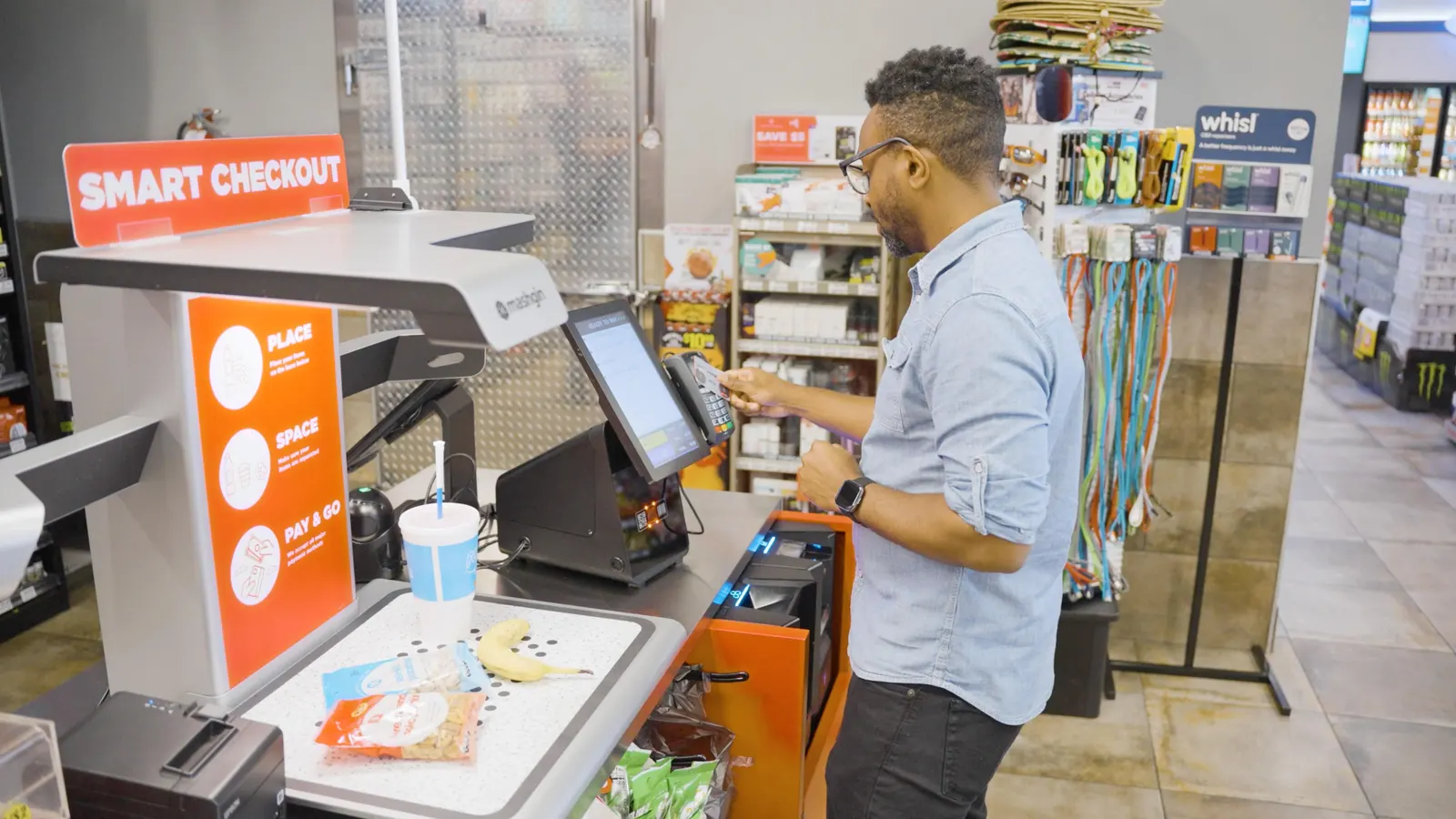The global Self-Checkout in Retail Market is a theater of intense and highly concentrated competition, where a small number of established technology giants are vying for dominance in providing the checkout systems for the world's largest retailers. This rivalry is fueled by the market's strong growth prospects and the enormous strategic value that a reliable, efficient, and user-friendly checkout experience can deliver in the hyper-competitive retail industry. The nature of the Self-Checkout in Retail Market Competition is fundamentally a battle of scale, reliability, and innovation. It pits the massive manufacturing capabilities, global service networks, and long-standing customer relationships of the major incumbents against each other and against a new wave of disruptive, software-centric startups. This central competitive dynamic creates a challenging environment where vendors must constantly invest in R&D to improve their hardware, software, and AI-powered loss prevention capabilities to win and retain the business of a demanding and sophisticated customer base.
The competitive strategy of the established market leaders, most notably NCR Corporation and Toshiba Global Commerce Solutions, is to leverage their deep incumbency and their position as the trusted, end-to-end provider of retail checkout technology. Their strategy is to offer a complete, turnkey solution that includes not just the self-checkout hardware, but also the point-of-sale (POS) software, the payment processing integration, and, crucially, a global network of technicians for installation and ongoing service and support. This "one-stop-shop" approach is highly appealing to large, multinational grocery and mass-market retailers who require a single, accountable partner to manage their mission-critical checkout infrastructure across hundreds or thousands of stores. They compete on the basis of their proven reliability, their ability to handle massive-scale rollouts, and their deep understanding of the complex operational and security requirements of the retail environment. Their brand reputation, built over decades, is a powerful competitive moat.
In stark contrast, the competitive strategy of the new-generation challengers is to disrupt the market with a more flexible, software-centric, and often AI-driven approach. This includes companies that are focused on "scan-and-go" mobile solutions, where the customer's own smartphone becomes the checkout device. It also includes the pioneers of "just walk out" technology, like Amazon, which use a sophisticated array of cameras, sensors, and AI to eliminate the checkout process altogether. These companies are not competing on the basis of manufacturing traditional kiosk hardware. Instead, they are competing on the quality of their software, the accuracy of their computer vision models, and their ability to create a truly frictionless customer experience. The Self-Checkout in Retail Market Is Projected To Grow a Valuation of USD 17.62 Billion by 2035. Growing at a CAGR of 13.44% During the Forecast Period 2025 - 2035. The future of competition will see a continued battle between the hardware-centric, reliability-focused approach of the incumbents and the software-centric, experience-focused approach of the challengers, with the most successful solutions likely being a hybrid of both.
Top Trending Reports -
Japan Contact Center As A Service Market
